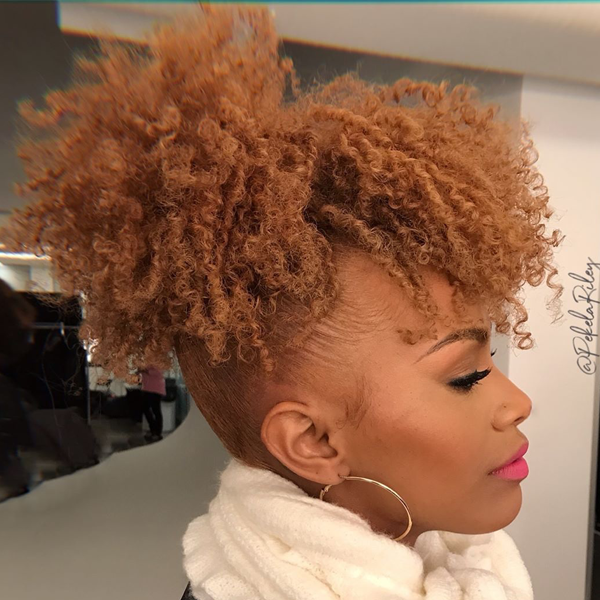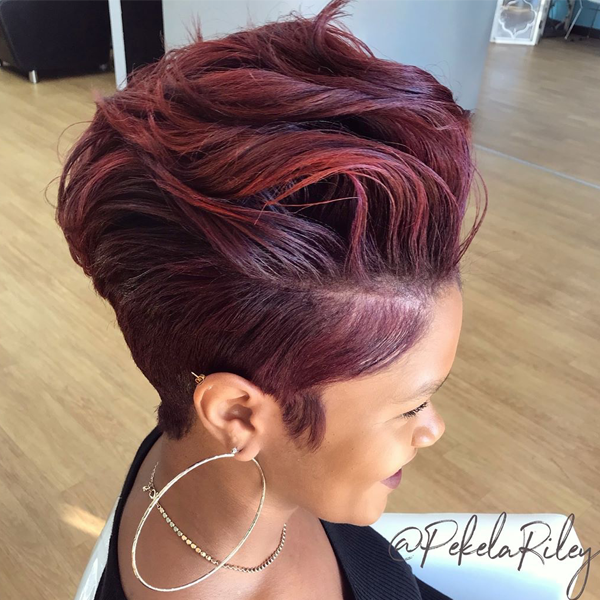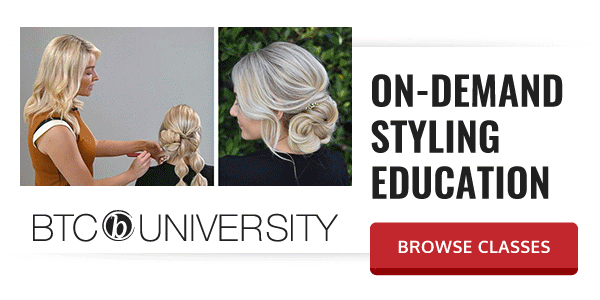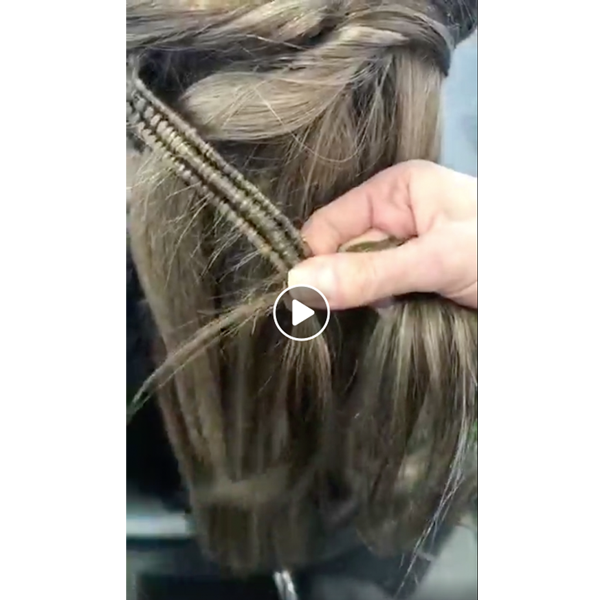Your Complete Guide To Curly + Textured Hair
Textured Hair 101: 5 Tips For Curls + Texture
Not everyone has experience with curly and textured hair and the unknown can be scary, especially since clients trust you to make them look great! Put your worries to rest because Ulta Beauty Pro Team Member Pekela Riley (@pekelariley) is breaking down the basics so you can feel confident the next time a curly babe sits in your chair. From detailed diagrams that explain curl type to the easiest way to detangle the hair, here’s everything you need to know about working with curly and textured hair types!
Products Used
Swipe To See The Different Curl Typing Systems

1. Learn The Curl Language
Pekela defines textured hair as, “A physical representation of movement along a hair strand that is not naturally straight.” She uses the term “textured” more so than “curly” to describe her clients’ hair because not all textured hair is curly. Textured hair could be wavy, curly or even very coily. This is why hair typing is so important.
Pekela uses both the professional system, which classifies curls on a 1 through 8 scale, and the consumer system, which classifies texture from 2 through 4 with the subcategories of A, B and C. It just depends on the client. “As stylists, I believe we’re accountable for using the texture language consumers prefer when communicating their hair needs with them,” she shares.

2. Use The Right Tools
Using the wrong hair tools can be damaging to curly and textured hair. Here’s what Pekela recommends you have on hand at your station:
- Diffuser: Works great for heat-free styling and curl definition.
- Curl Detangling Brush: Helps untangle the hair without causing damage or breakage.
- Clips: Perfect for sectioning off the hair.
- Dyson Supersonic™ Hair Dryer Pro Edition: Pekela likes to use Dyson dryers because she says they have great hair protectant technology that dries the hair fast without heat damage. Just make sure yours has a comb attachment to stretch the roots out when blow drying or to pre-stretch the hair for rod sets and twists.
3. It Starts With Detangling
No matter if your client is wearing her natural texture or wants a blowout, properly detangling the hair will make the styling process a lot easier. Get started at the shampoo bowl with pro-active pre-detangling using the fingers and refine the process in your chair using your hair tools.
“The easiest way to detangle is to begin at the ends of the hair,” instructs Pekela. “Use a great leave-in conditioner to prime the hair for detangling and then use either a wet detangling brush or comb to detangle hair. Start at the end, then work up to the middle and the roots of the hair. Never begin at the roots or in the middle.”

4. Avoid Heat Damage
A curly girl’s worst nightmare is to wash her hair after a blowout expecting to find curls, and instead being left with patchy bone straight pieces. This can all be avoided in a few easy steps:
- Always apply a leave-in conditioner and a heat protectant before applying heat.
- Use the least amount of heat required when styling. Just because the hair is coarse or curly, doesn’t mean you need to turn your heat styling tool up to it’s maximum heat setting.
Note: Advise your clients to keep track of how much heat they use in-between appointments, whether it’s flat ironing or bumping the hair. If heat damage becomes irreversible, Pekela advises to explore transitioning to another style instead of continuously applying heat.
5. Patience, Patience, Patience
All curly and textured hair needs to thrive is a little TLC! “The biggest challenge is understanding you have to approach textured hair with patience,” notes Pekela. “Due to its tendency to inter-coil, you have to be more careful with its management and be patient enough to put in a little more time on the front end when shampooing and detangling. It’s important that stylists set the tone for the experience by creating a level of comfort that can translate into the creation of an artistic style.”
Up Your Updo Game And Watch This Amazing Infinity Braid & Upstyling Tutorial!
More from
Dyson
-
Celebrity
The Best Beauty Looks At The 2024 Oscars
-
Monthly Product Launch List
11 New Game-Changing Hair Launches To Add To Your Arsenal
-
Blow Dryers
Dyson Supersonic™ r
-
Celebrity
THE BEST HAIR LOOKS AT THE 2024 GRAMMYS
-
SZA’s Sleek Grammy Awards Blowout
-
Monthly Product Launch List
New Year, New Hair Launches—See The Best Ones So Far!
-
Tools
Dyson Hair Clips
-
Awards Shows
2024 Golden Globes Best Hair & Beauty Looks
-
Styling
Ring In 2024 With These It Girl Hairstyling Trends
-
Monthly Product Launch List
The Best Hair Product Launches Of Fall 2023
-
BTC Hair Trend Report
The Biggest Haircut Trends of Fall & Winter 2023
-
Bobs
The ’90s Bob: How To Cut & Style This Trending Haircut
-
These September Hair Launches Will Cure Your Post-Summer Blues
-
News
These Are The Hottest Hair Launches To Close Out Summer 2023
-
News
The Flyaway Smoother, Supersonic 2-In-1 Attachment
-
Blow Dryers
Airstrait™ Straightener
-
BTC Hair Trend Report
Met Gala 2023: The Hottest Hair & Beauty Looks
-
BTC Hair Trend Report
KARLIE KLOSS’ SLICKED-BACK PONYTAIL AT THE 2023 MET GALA
-
BTC Hair Trend Report
KIM KARDASHIAN’S WISPY UPDO AT THE 2023 MET GALA
-
BTC Hair Trend Report
2023 Hairstyling: 11 Trends You Need To Know
-
Awards Shows
Golden Globes 2023: The Best Celebrity Hair Looks
-
Product Launches
Dyson Airwrap™ Multi-Styler
-
Celebrity
The Best Hair & Beauty Looks From The Oscars 2022
-
Awards Shows
2022 SAG Awards: The Best Celebrity Hair + Beauty Looks









